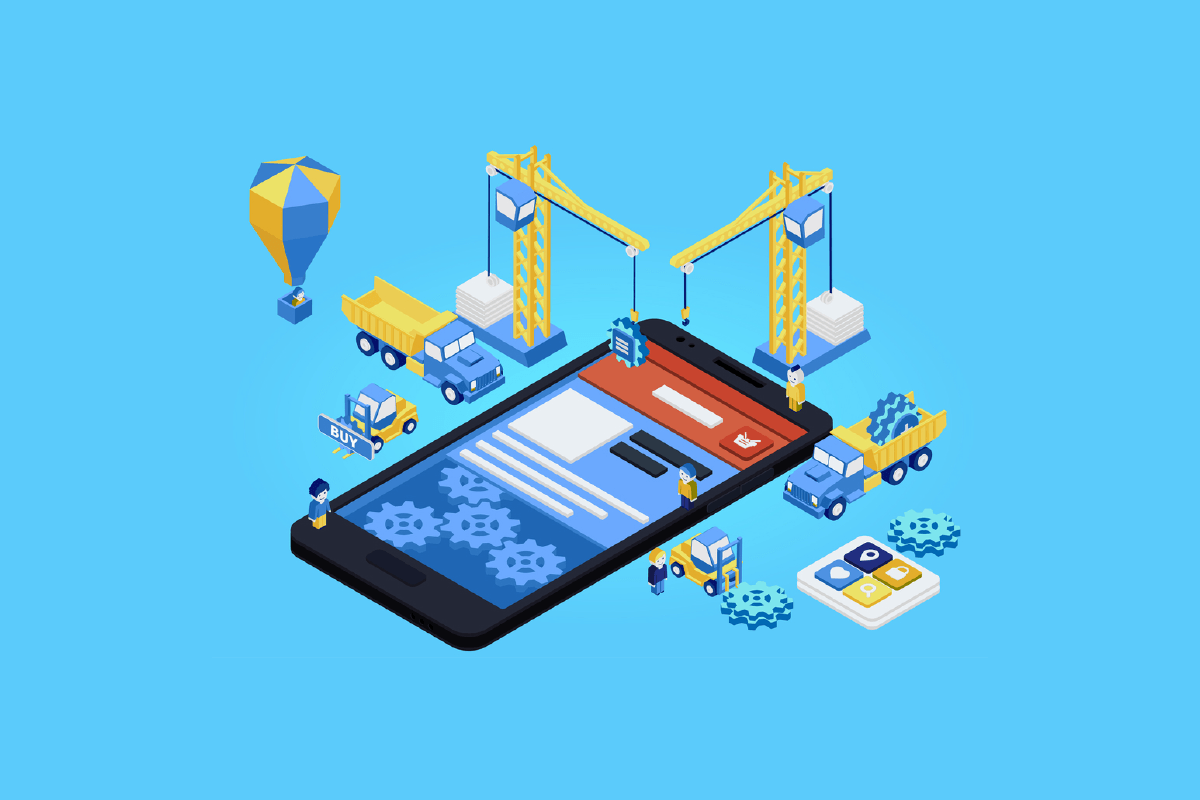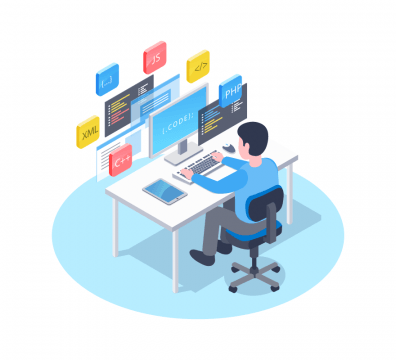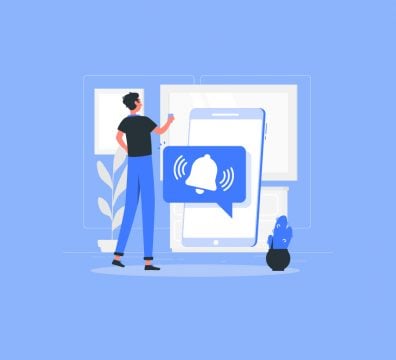Building a mobile app has become a top priority for many businesses to win over customers. Among various options, native app development made a good choice thanks to the various benefits it offers. This article will shed light on this approach and draw up the native app example list for your consideration.
Table of Contents
Native Application in a Nutshell
It is advised to have some core knowledge about native app development in the first stage before jumping right into our native app example list. These pieces of information will lay a solid foundation for your consideration regarding which app development approach to adopt for your firm’s operation.
What Is Native App Development?
In its simplest form, a native app is a mobile application built in a specific programming language for a particular mobile operating system (iOS or Android OS). This means that if a native application is in Android only, it won’t appear in the App Store or work on an iOS phone.
Native apps are developed and used within its ecosystem, following every technical guideline set by the OS. For example, a native app for iOS is often written in Swift or Objective-C while a native app for Android phones uses Java code.
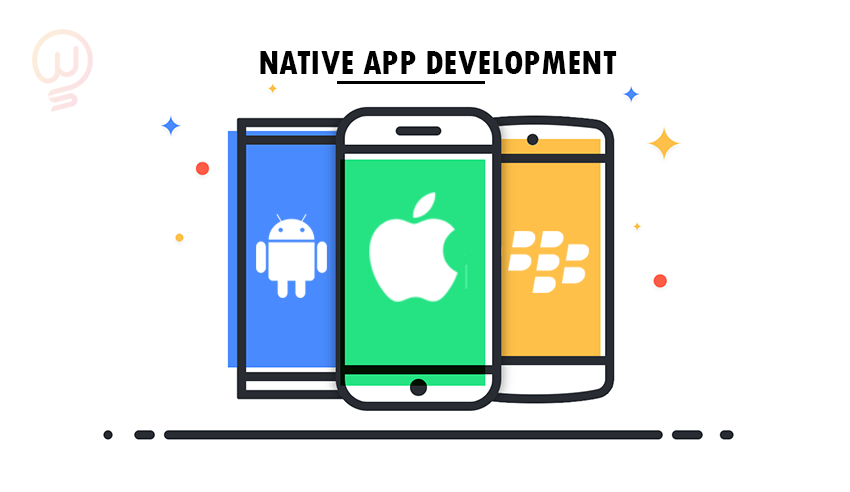
Normally, mobile apps are divided into two categories, namely native and hybrid applications. So what makes a native application different from a hybrid one in terms of underlying technology? As the name implies, hybrid apps are a combination of web-based apps and native mobile apps, and they are built with HTML, CSS, or JavaScript codes.
Benefits of Native Applications
- Deliver the highest performance as native apps are created and optimized for a specific platform.
- Interactive, high-performance user input/ output as users are allowed to match each app’s UI/UX to the selected platform conventions.
- Get full support from Google Play or the App Store and the overall app marketplace.
- Allow developers to access the full feature set of the specific operating system such as GPS, camera, microphone, and other hardware.
- Have fewer bugs during development due to the single code base feature.
- A higher level of security and data protection as any native app must be censored by its respective OS before being released.
- Allow offline mode.
- Offer consistent look and feel as native apps are developed using native SDKs.
Drawbacks of Native Apps
- Require a high level of expertise: developers need to be insightful to work with different codebases for every platform they choose to build in.
- Cost more and takes a longer time to be built. This is because most developers specialize in one code base, so to have a native app for Android and iOS at the same time, you need to hire two separate dev teams.
- Require frequent updates from the OS.
Native Mobile Development Tools
A native development tool is a software framework that allows developers to create applications for a single particular system. Xcode, Android Studio, and React Native are excellent native app development frameworks that are all worth a look.
Xcode and Android Studio are both traditional native app builders. In detail, Xcode is created and developed by Apple, and programmers use this software package to write native apps for iOS. Meanwhile, Android Studio is a framework to serve the need for native app Android development. This tool sticks to the native SDK provided by Google.
If you want to reap the benefits of cross-platform development, you can choose React Native as a trusted alternative. Launched by Facebook, React Native is an open-source platform to build both native apps in Android and iOS. Other than that, it also helps e-shop owners to develop their apps. For example, you can use React Native to build a native app for Woocommerce.
Top 7 Native App Examples for the 2024 Mobile App Marketplace
It comes as no surprise that native apps account for a large number of mobile applications in the marketplace. Hence, our native app example list will cover a wide range of fields, from messaging services, games, and navigation programs to business applications for your consideration.
Developed as a native app for iOS and Android phones, WhatsApp is a commonly used messaging service in many parts of the world. Noticeably, this platform was the fourth-most downloaded app globally in Q3 2020, with around 140 million times. Thus, this native app example is a potential option for business communication tools in the workplace.

Features:
- Voice/ video calls, voice messaging.
- Offer group function, with up to 8 participants per call.
- Ensure secure messaging with end-to-end encryption.
- Allow media sharing, including photos, videos, and documents.
- Enable an advanced search feature.
Spotify
Spotify – a well-liked native app example – claims itself among the must-have applications to be installed on the smartphones of music lovers. By way of explanation, it is a digital music service hub that gives users access to thousands of songs and podcasts from record labels and media companies universally. Other than that, Spotify is also one of the most prominent cloud-native application examples. Thanks to Google Cloud, Spotify has unlocked significant performance efficiency in its workloads to better serve its users.

Features:
- Develop a library as storage of downloaded songs/ podcasts.
- Integrate Spotify Radio.
- Offer the following mode in which users can follow their favorite artists and friends.
- Sort and filter support.
Pokemon Go
Pokemon Go is an AR mobile game that was awarded the App Store’s breakout hit of 2016. Specifically, the game dramatically simplifies the gameplay arena by turning the real world into a game map and making players the controller. With players going out to catch the balls, the idea of this native app example is to encourage people to travel around the real world.

Features:
- Allow access to GPS.
- Integrate AR technology.
- Available in 114 countries.
Waze
Waze is a GPS navigation software that gains positive feedback from drivers around the world. This native app example works on smartphones and tablets with GPS support. In particular, the app helps users navigate by providing turn-by-turn information, route details, and user-submitted travel times. Another plus of Waze is that this application is totally free to download and use.
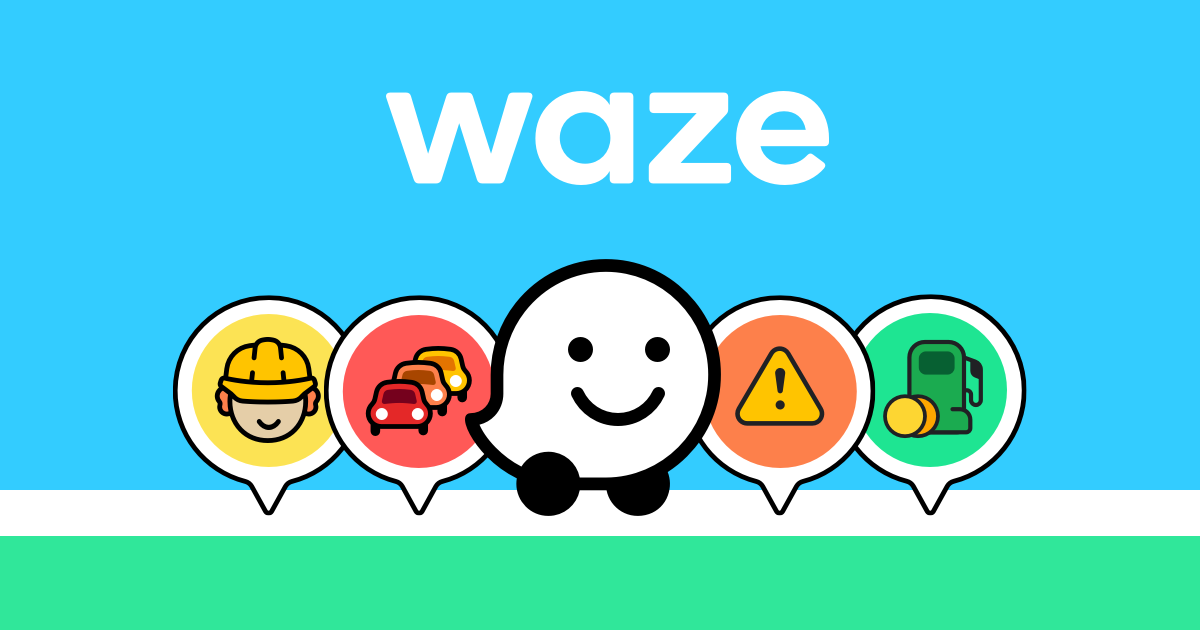
Features:
- Generate accurate incident and traffic data.
- Integration with Google Assistant.
- Allow user customization with items appearing on the map.
- Allow users to schedule and take note of their drives.
Tesla
Tesla, the biggest name in the electrical motor industry, is also another popular in the list of native app examples. The Tesla smartphone application allows its customers to remotely operate their vehicles. With the Tesla app, you can keep track of how fast your car is charging and even start and stop it. In terms of design, it looks and feels like a game thanks to the gloomy theme. The app is available on both the Google Play Store and the Apple App Store.
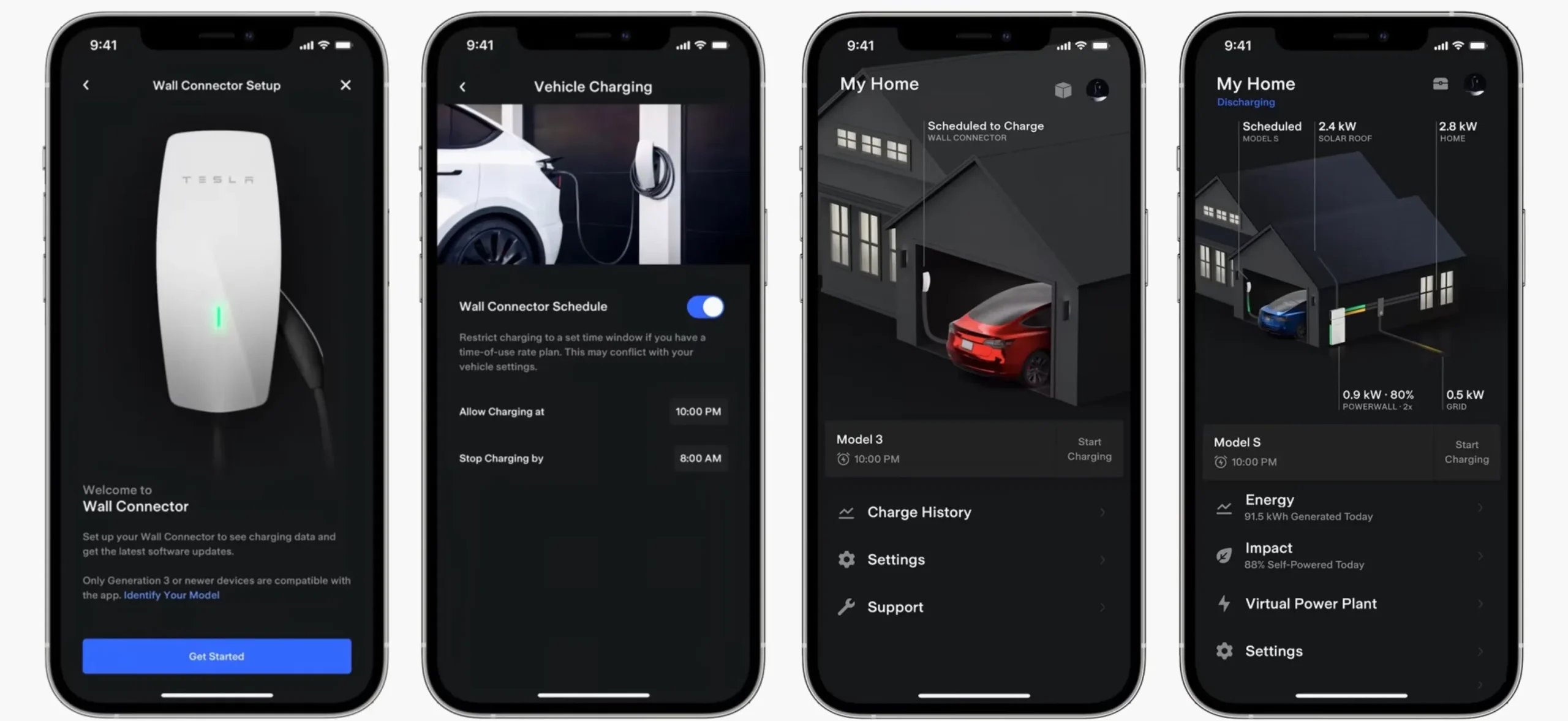
Features:
- Checking charging time.
- Checking car heating/cooling.
- Locking/unlocking.
- Diagnosing.
SoundCloud
SoundCloud Pulse is a React Native app that lets creators manage accounts and engage with their communities. SoundCloud encountered a lot of problems during the development process. Specifically, the team couldn’t locate iOS developers. Consequently, the business opted to try React Native. Soon enough, they learned that React Native was indeed the best choice. Also simple was the fact that the React Native testing environments appeared and behaved quite similarly to the native ones, making comparisons between the two unnecessary. Most significantly, SoundCloud was now able to expand its infrastructure by including new web libraries.

Features:
- Allows you to create your own playlists.
- Automatically find similar audio recordings and stream them.
- Allowed to play it only on the home page.
- Give Access to Millions of Songs, Online & Offline
- Share their playlist with their friends, family members, and colleagues.
3 Super Useful Tips to Improve Native App Development
It takes a lot of time and effort to create a native app from scratch. They require the use of specialized languages, tools, and architecture configurations that depart from standard web conventions. For project managers, they demand a new way of thinking, more from the standpoint of development and design.
Understand Your Users
This may seem simple, but we see it overlooked far too frequently by app developers owing to a lack of time or impatience: you must get people to test your app before going live. These cannot be individuals who were engaged in any manner with the product’s conception or development. So, what exactly are you planning on putting to the test? How well people are navigating your app, if it is easy enough and does not cause them aggravation, are all important considerations. The MVP development process is one method of testing and gathering feedback.
Most apps no longer need users to register in the initial step. Passing this stage forces significant bounce rates. Asking for personal or credit card information before using the software will remove any potential obstacles.
If any of these features are required by your application, that is great; but, be sure that customers already enjoy your app before asking them to commit and place their faith in you.
Design User Touchpoints
Contemplate various scenarios in which the user might wish to utilize your app and build your app accordingly. Push notifications are a fantastic tool that you should be exploring from a technological viewpoint.
Push notifications, on the other hand, when used effectively, may draw users back into a product at precisely the time when they are most in need of its services.
Master Platform-Specific Guidelines and Changes
Each mobile platform, be it Android, iOS, or others, has its own set of design and development guidelines. By thoroughly understanding and adhering to these guidelines, developers can ensure that the app feels at home on the device. This attention to detail can lead to a more intuitive user experience and can also prevent potential pitfalls during the app review process.
Additionally, mobile operating systems are frequently updated. These updates might introduce new features or deprecate old ones. Developers should always be on the lookout for these changes to ensure app compatibility and leverage any new features or optimizations available.
Get Batched Feedback
Developing native applications can be difficult, especially when working with a complex client API, as is frequently the case.
Your best chance is to emphasize during the early stages of project planning how critical it is to have a single voice that can synthesize feedback from different parties inside the company and suss out discrepancies with an eye toward the product’s aim.
Make it clear that it is your main point of contact’s responsibility to be that person, and emphasize how maintaining that pattern will boost productivity and streamline communication.
The Final Thoughts
This is all about native app development that we’d like to share with you today. Hope this blog will help you have a clear perception of native application mobile and better visualize how it works with our native app example list!
Still, if you have any questions or want some consultation for your Magento 2 native app idea, take a look at our Mininest module which is a free mobile app builder that allows you to easily convert your whole eCommerce website into a completely native mobile application. Mininest is used in conjunction with Flutter, Google’s mobile UI framework that allows developers to create high-quality native interfaces for iOS and Android in record time. Contact us to get more information and a discount for this module.


